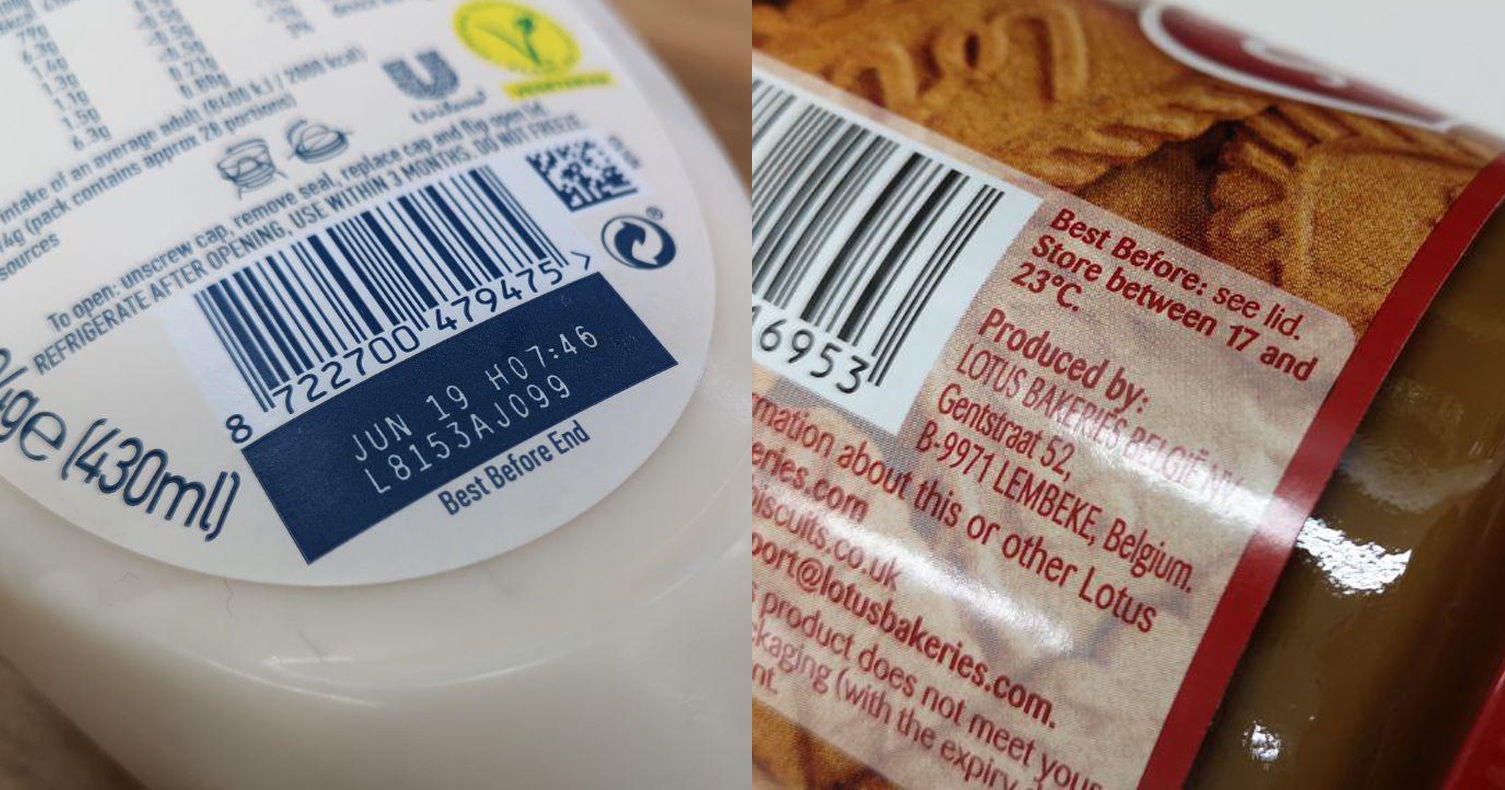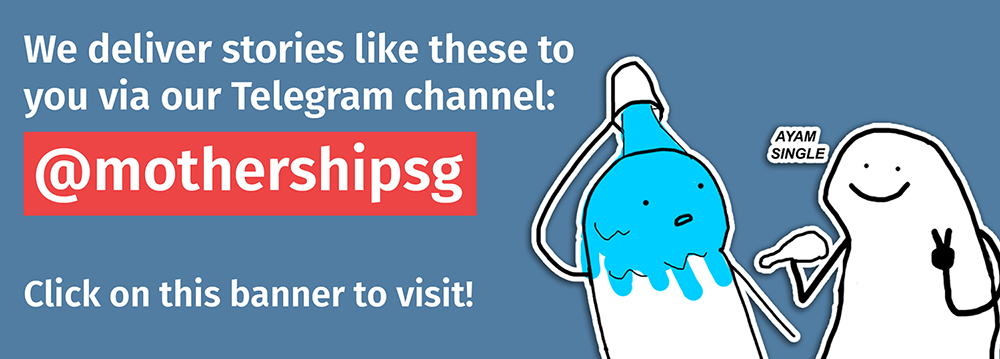Most food labels come with either a "use by" and "best by" date and contrary to what your overly-cautious mother might tell you, both these dates do not indicate the same thing.
Here's a simple explanation courtesy of Fairprice:
"Best before" dates
"Best before" dates indicate quality. They tell you when an item starts losing its quality like texture and flavour.
This means that foods that have passed their "best before" date are still edible but may not taste the best.
"Best before" dates commonly appear on food items that have a longer shelf life like:
- cereals
- muesli bars, nut bars
- biscuits
- canned foods
- frozen foods.
- spreads
Depending on the types, foods with "best before" dates can still be eaten up to several months after the date.
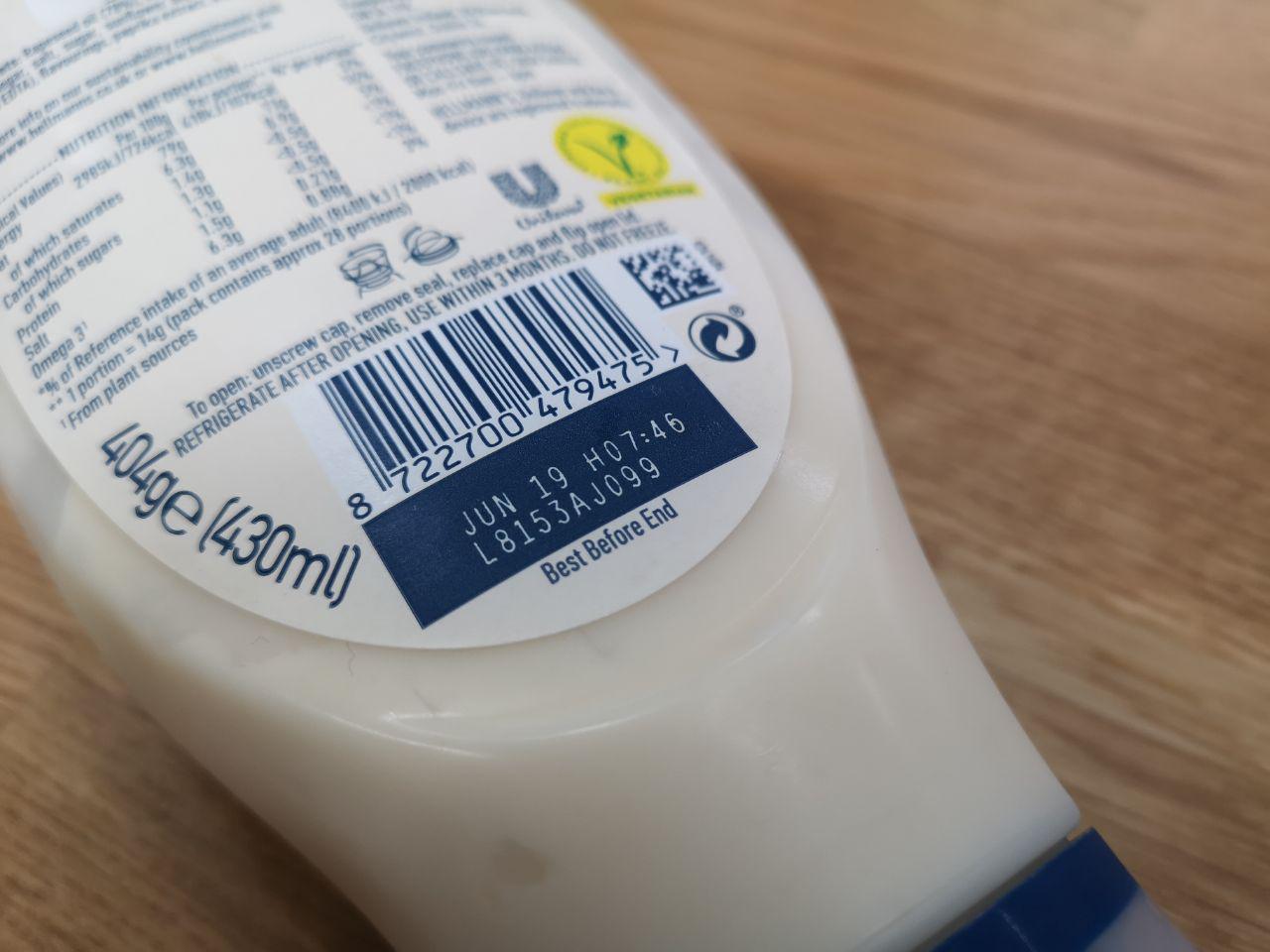 A "best before" date on a bottle of mayonnaise. By Joshua Lee.
A "best before" date on a bottle of mayonnaise. By Joshua Lee.
"Use by" dates
These are used to indicate safety (for consumption).
Perishable foods can be easily contaminated, even if they look or smell fine. Hence they come with a "use by" date which indicate when they are considered unsafe to eat. These foods include:
-
- fresh meat packed at the supermarket
- packet ham, packet bacon and other deli meats
- milk
- yoghurt
- custard
- fresh dairy products such as cream and sour cream
- ready-to-heat products like chilled pasta sauce, pre-cut vegetables or garlic bread.
You should not eat foods that have passed their "use by" date.
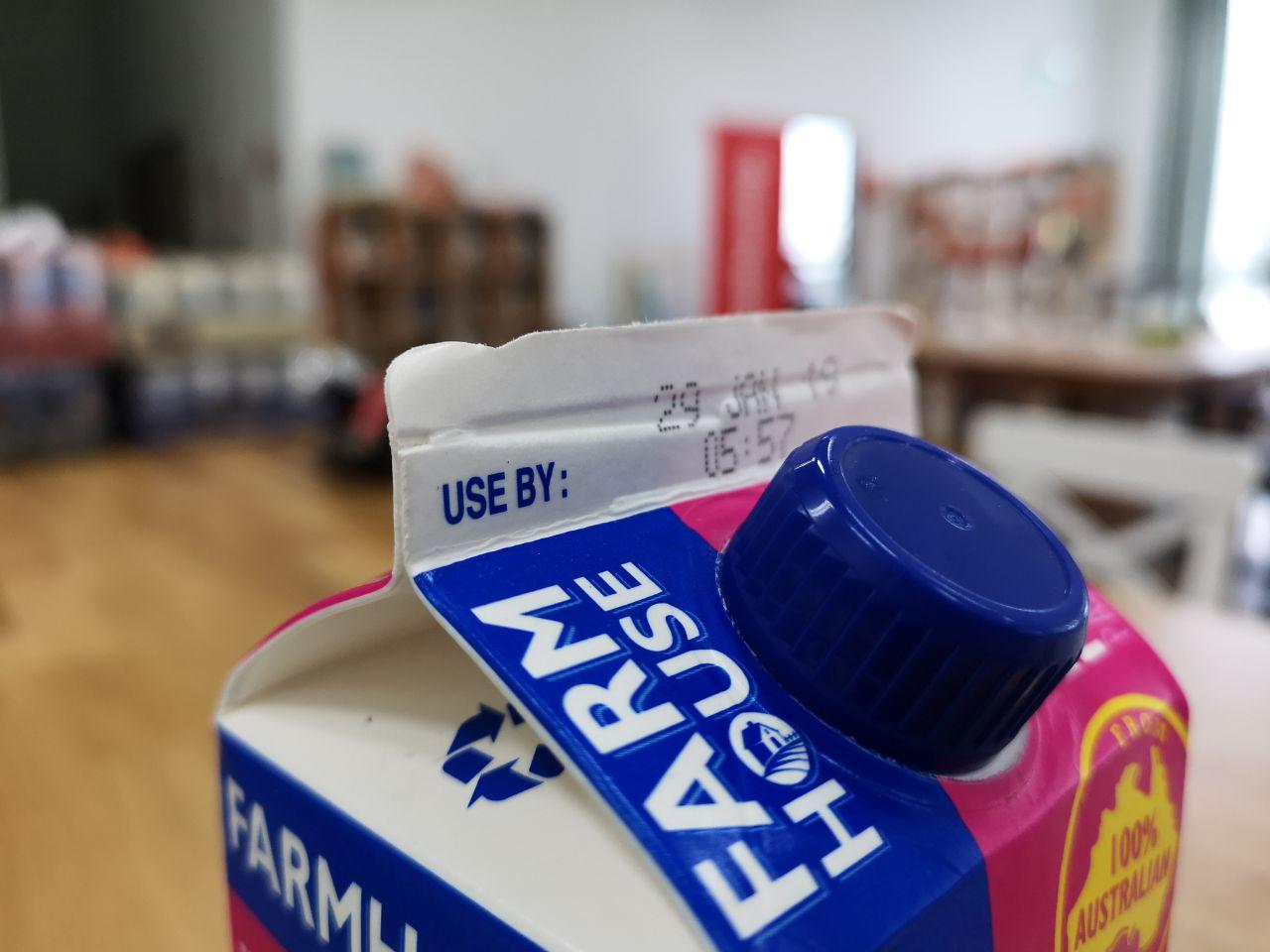 A "use by" date on a carton of milk. By Joshua Lee.
A "use by" date on a carton of milk. By Joshua Lee.
These dates can only be valid if you follow the instructions on the label.
For example, this spread below comes with instructions to store at a temperature between 17°C and 23°C. Foods both fresh and packaged can also be stored longer via freezing.
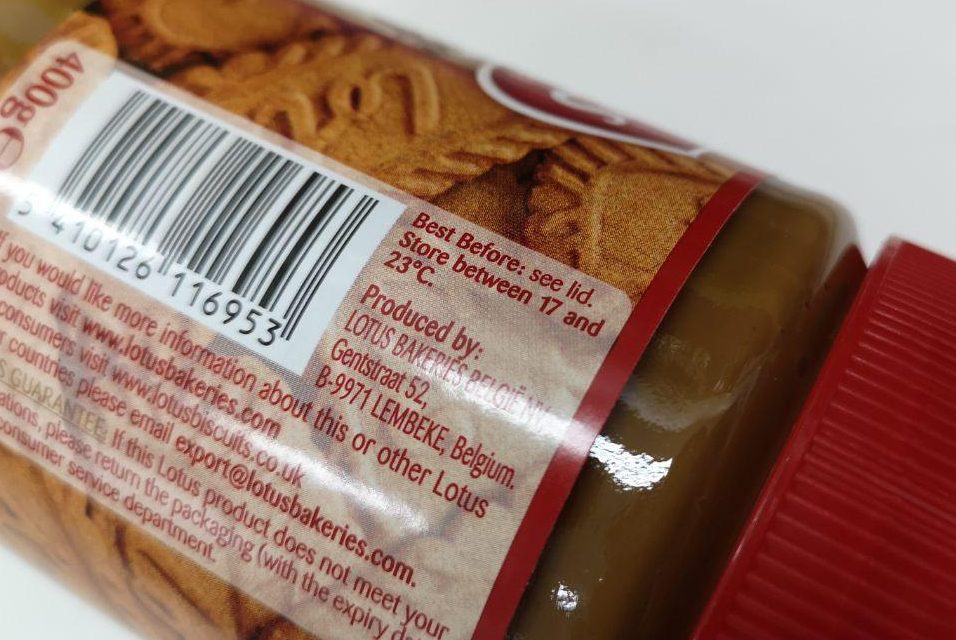 A "best before" date on a bottle of caramel spread. By Joshua Lee.
A "best before" date on a bottle of caramel spread. By Joshua Lee.
Now that you know the difference between the two, it can help you avoid unnecessary food wastage.
But of course, if something smells obviously bad a day after its "best before" date, you shouldn't eat it. Best to exercise your common sense.
Top images by Joshua Lee.
If you like what you read, follow us on Facebook, Instagram, Twitter and Telegram to get the latest updates.
